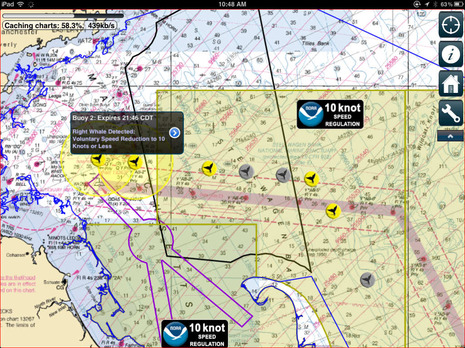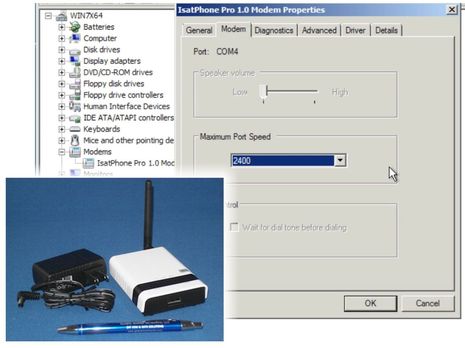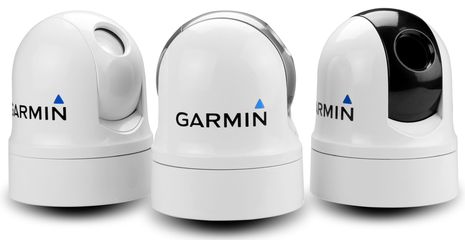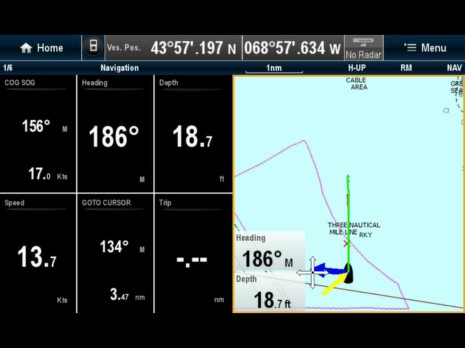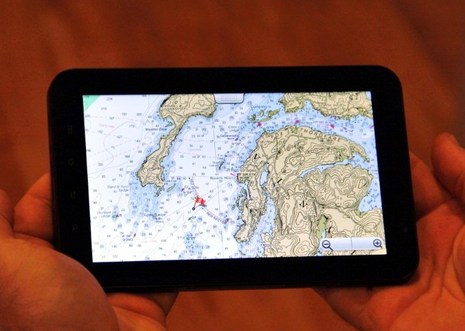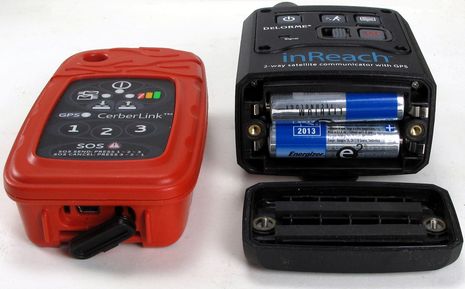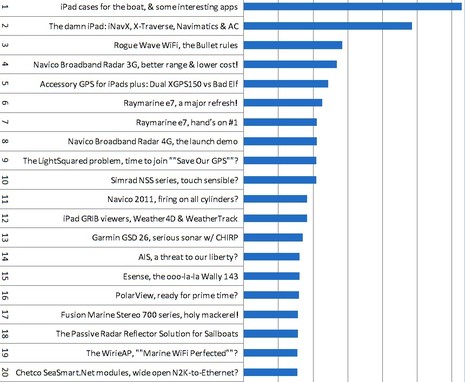Whale Alert, an app with a mission
It’s an unusual app that gets a press conference and main stream media attention, and Whale Alert certainly deserves it. It’s not just that this app might actually save the lives of some rare right whales — which would be wonderful — but it also demonstrates how mobile devices can be a critical integration tool between mariners and various governmental and nonprofit organizations, and between even a ship’s conservative electronics and the dynamic world of app development…



